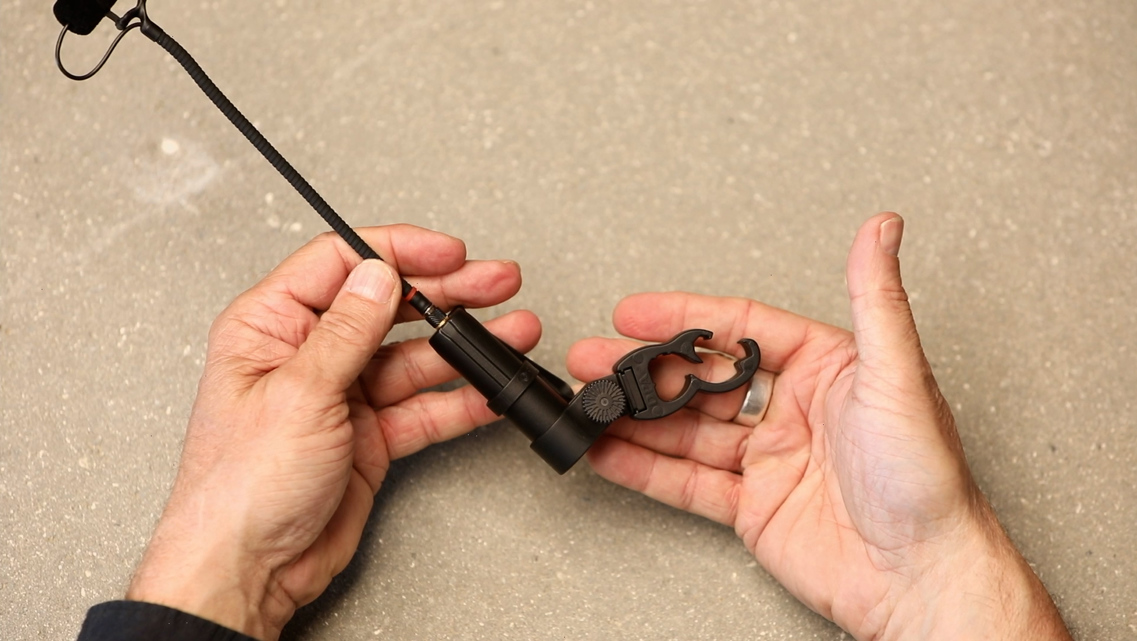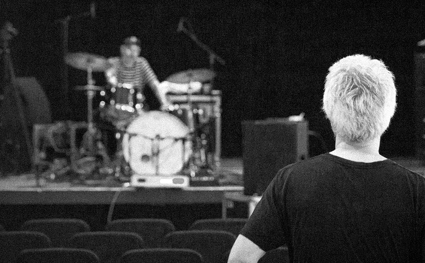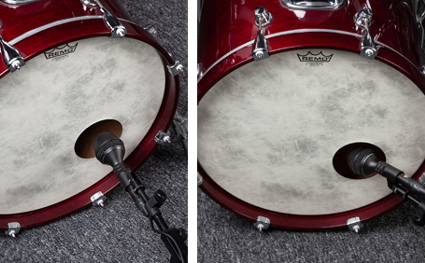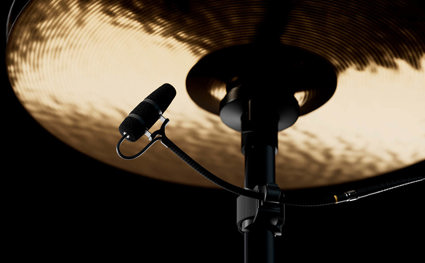How to mic a snare drum
Guidelines for miking the snare drum
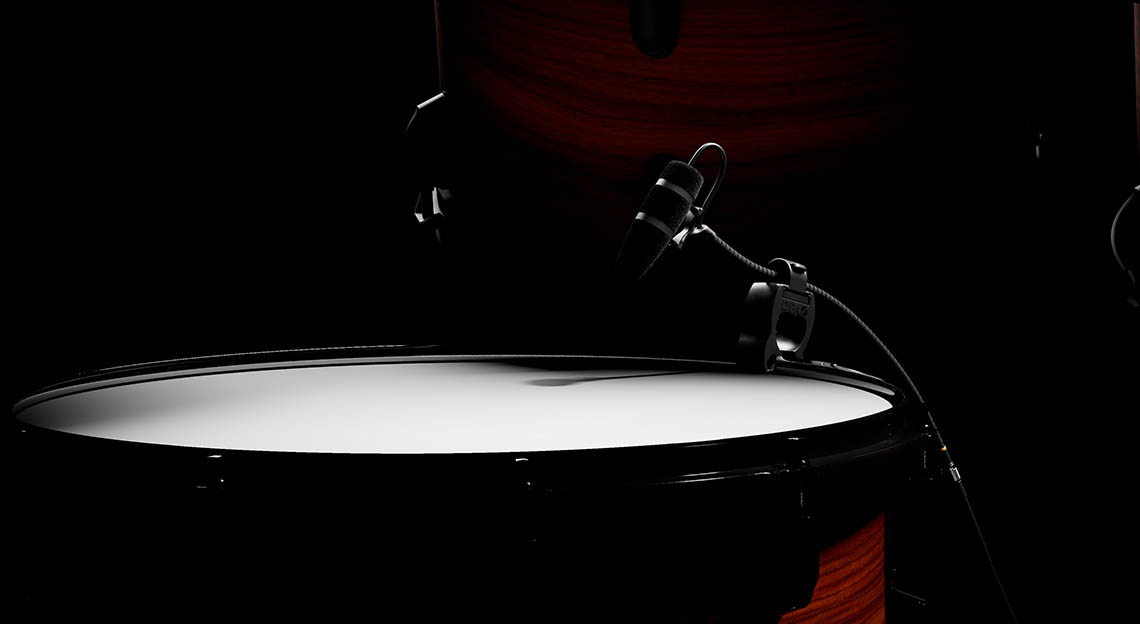
This article will give you some guidelines on close miking a snare drum. It will discuss the best type of microphone for the job and suitable placement options.
Please remember, great sound is subjective and the miking methods described in this article are suggestions only. Try these methods out, but make sure to listen and choose the best solution for your specific situation.
Close miking an instrument is often considered to be a compromise to the instrument’s true acoustic sound. An instrument’s sound is usually designed to be experienced at a distance so that all the different elements of the sound are naturally blended into perfect harmony. Yet often, mounting a microphone directly on the instrument is the most practical solution.
Finding and placing the microphone in the instrument’s sweet spot – or your preferred location, can be a challenge. Keeping it there can be even more challenging, especially if the instrument is moved. For this reason, close miking requires a dependable mounting solution.
The instrument
The batter (top) head of the snare produces the main tone and overtones. The rim, which is often played by itself (e.g., cross stick) or together with the batter head, produces a so-called rim shot. And if the drummer is using brushes, the entire surface of the drumhead is played. The snare (bottom) head with the snares strained over.
The top head has a wide range of frequencies. Some of the higher frequencies can be dampened with gel, tape, fabric, or – taking it to the extreme – covering it with a towel. The sound varies depending on the style and the tuning of the drumheads. In general terms, a jazz snare drum will be richer in overtones with less muffling and tighter tuning than a rock snare drum, which typically has more core tone.
The bottom head has a complex sound of the snares, with a lot of high frequencies, fast transients and high SPL. Sometimes the snare drum is played with the snares released, making it important to cover the full frequency band.
Snare microphone positioning
When placing the microphone close to the snare drum you need microphones that can reproduce extreme fast transients and be able to withstand extremely high SPLs. The typical level from one hit on a snare drum can easily exceed 156 dB.
A high-quality, professional condenser microphone can capture this level of sound while preserving the details of a snare drum, but there is more to it than that. Though we are talking close miking here, there is, in most cases, a lot of bleed from the rest of the drum kit. This results in poor and non-separate pickup quality unless you make sure the microphone you have chosen also has the correct pickup pattern and off-axis response.
Frequency response
Choosing a microphone with a flat off-axis response will make sure that the typical bleed from the hi-hat will sound natural and will help separate the two instruments in the mix. A good starting point is placing the mic 5 cm above the rim and 3-5 cm over the drum head. From here you can move the mic closer to the rim to get more brilliance – overtones or move it closer to the drum head to get more “umpf” – lower frequencies.
DPA's solutions for snare
Error loading Partial View script (file: ~/Views/MacroPartials/TaggedProducts.cshtml)The 2012 Compact Cardioid Microphone is a perfect choice for close miking a snare drum. If you want the microphone to be out of sight, the 4099 CORE+ Instrument Microphone also has extreme SPL handling, and a supercardioid pickup pattern which will result in even greater separation and detailed pickup.
Mounting the snare microphone
Both 2012 and the 4099 can be placed on a microphone stand or directly on the snare drum using the appropriate microphone mount.
Error loading Partial View script (file: ~/Views/MacroPartials/TaggedProducts.cshtml)The D-CLIP Microphone Clip for Drum is the perfect solution to connect a 4099 to any drum. Its revolutionary 90° system offers a wide range of mounting options. The 2012 can be mounted on the snare, using the D-CLIP together with the XLR-MOUNT. Both mounts provide effective structure-borne noise isolation, which is so vital on a drum kit.
